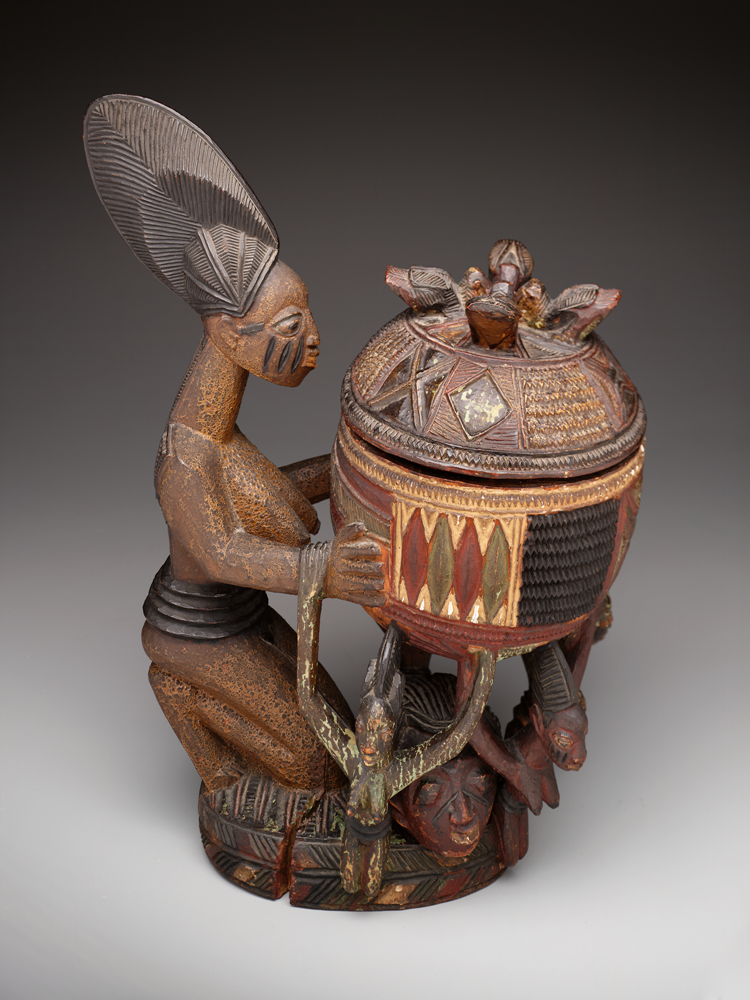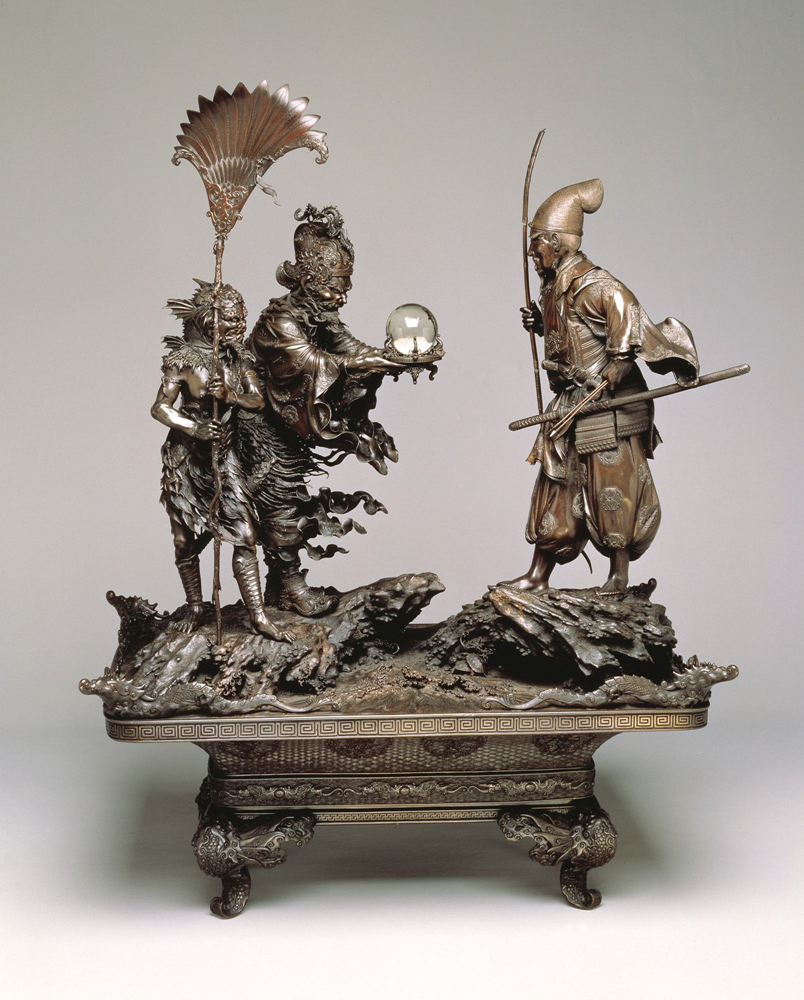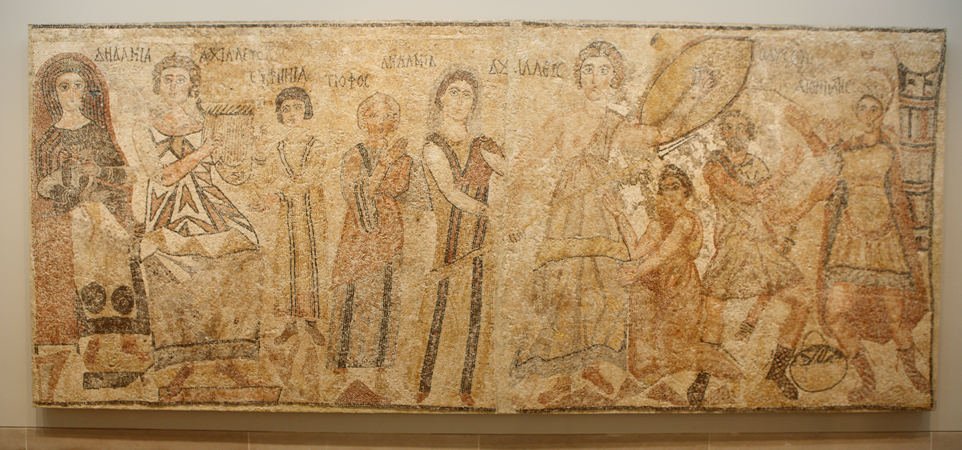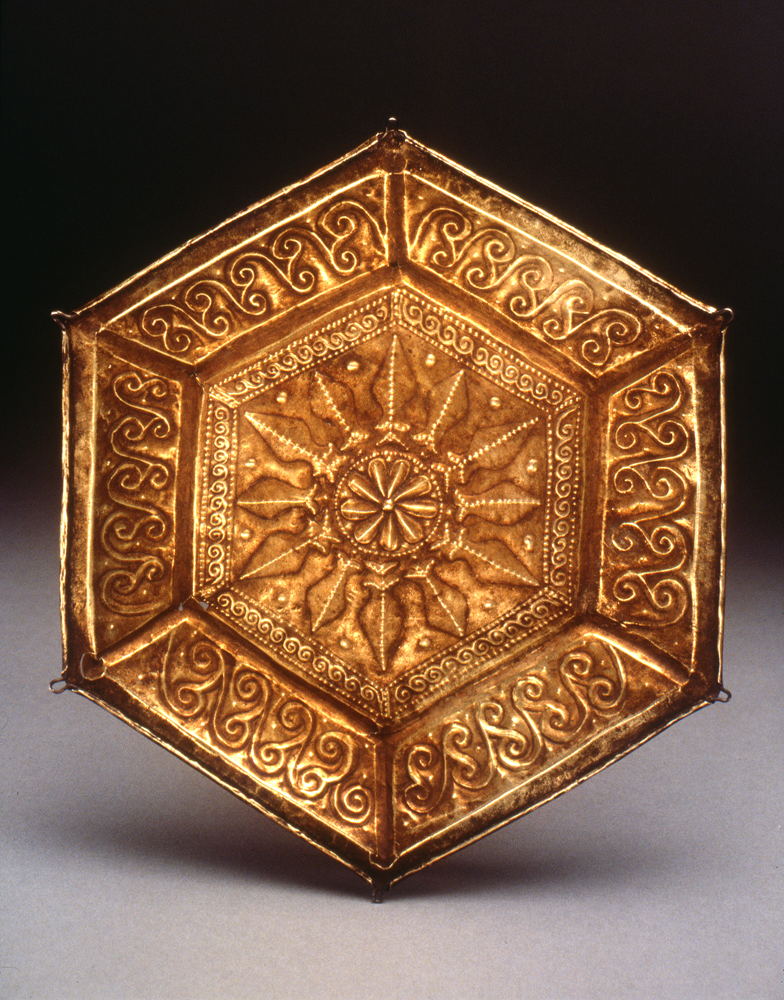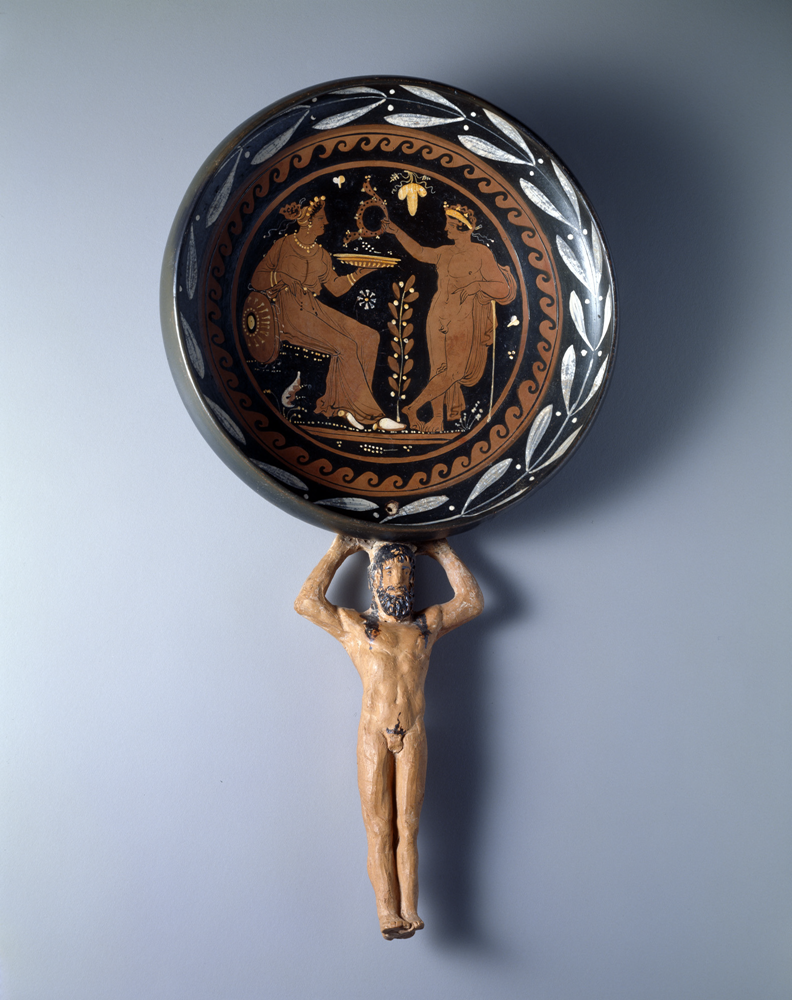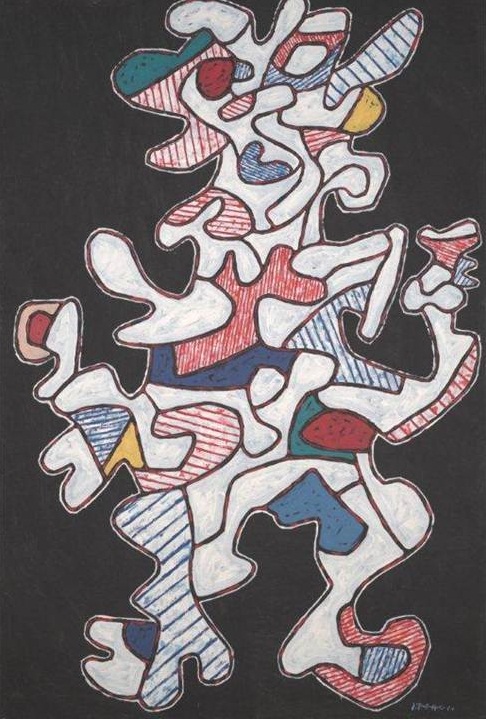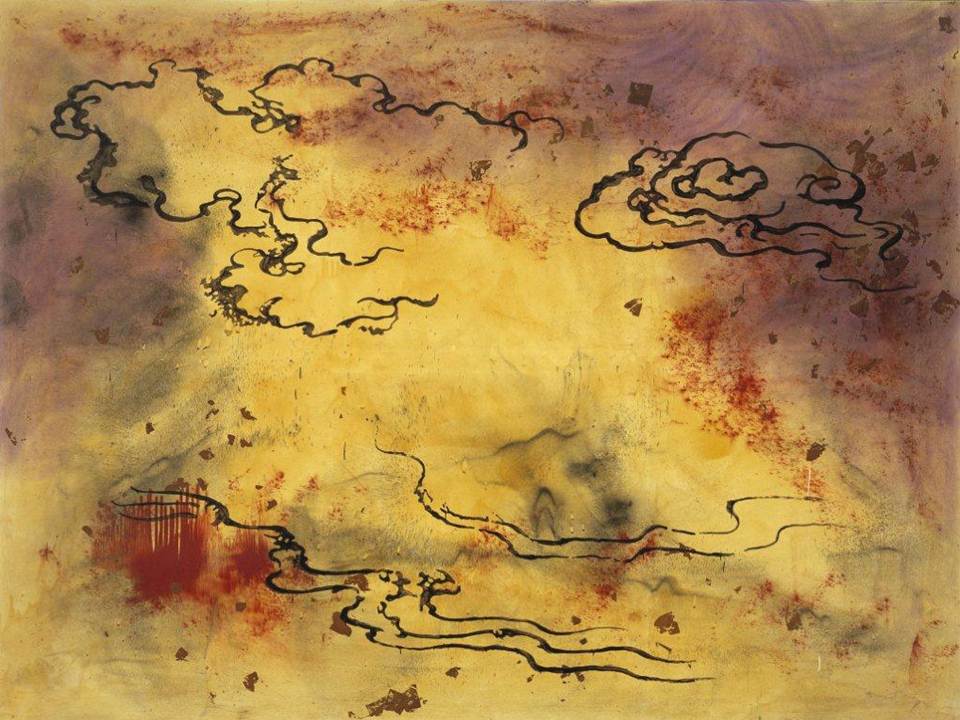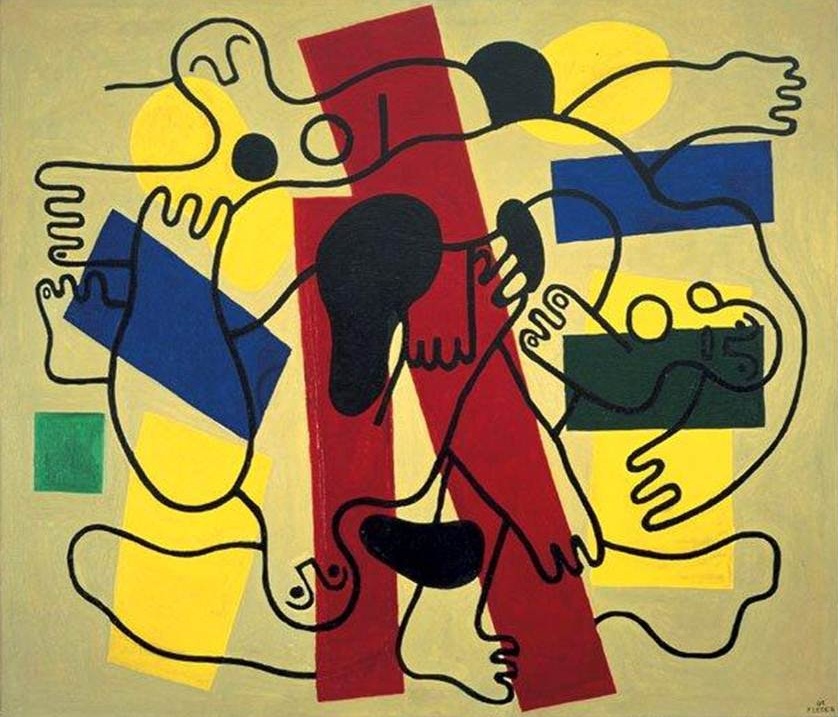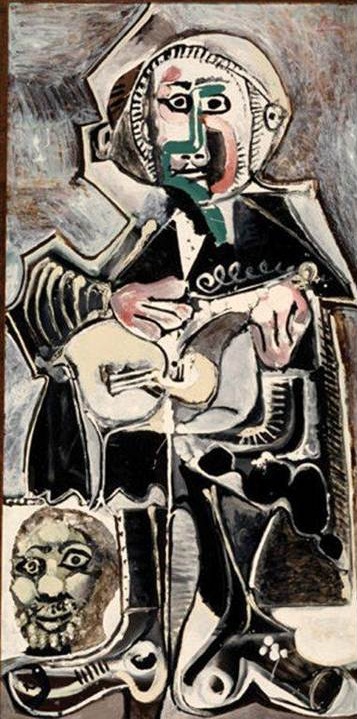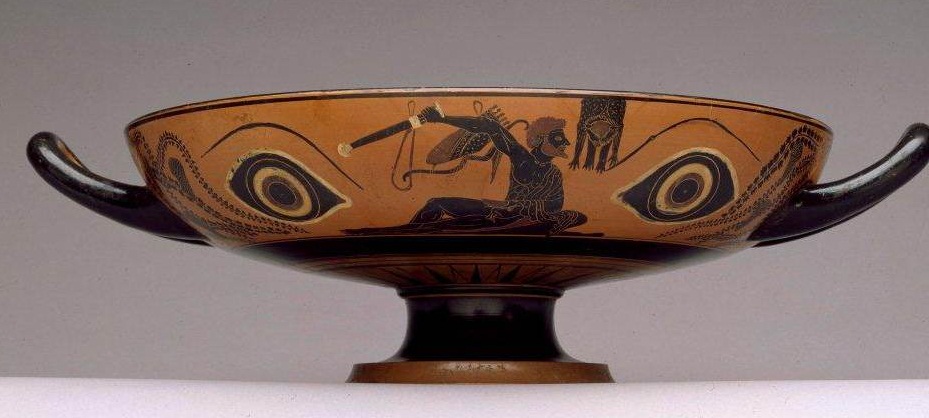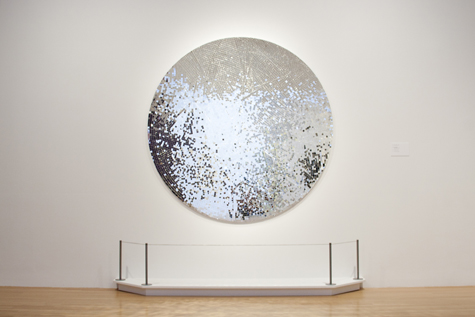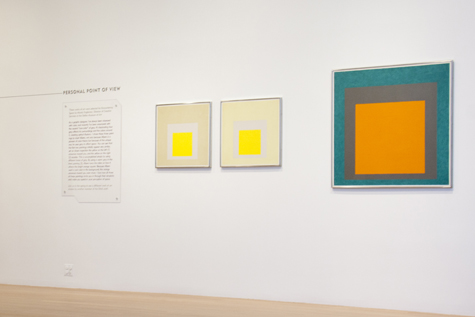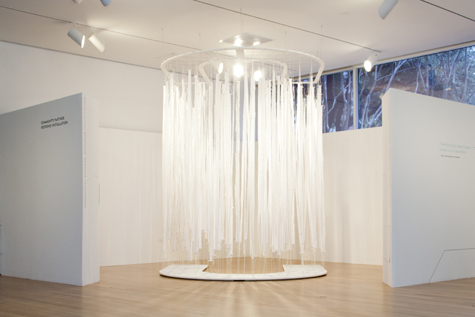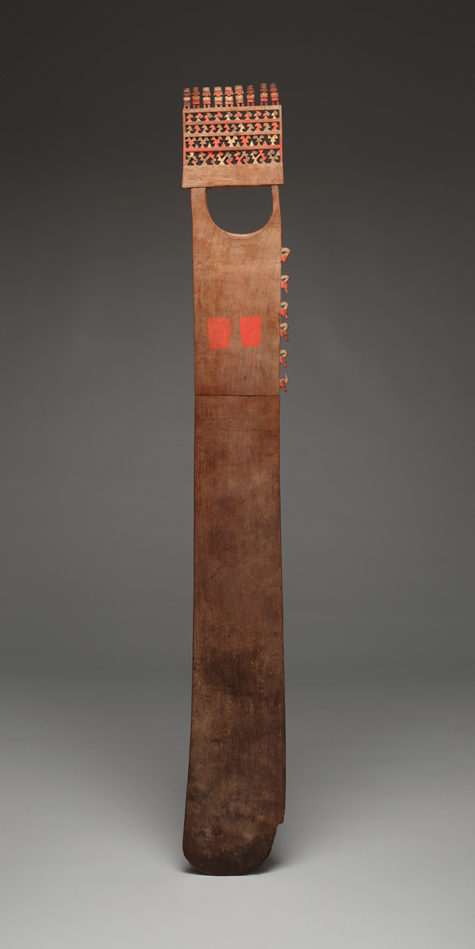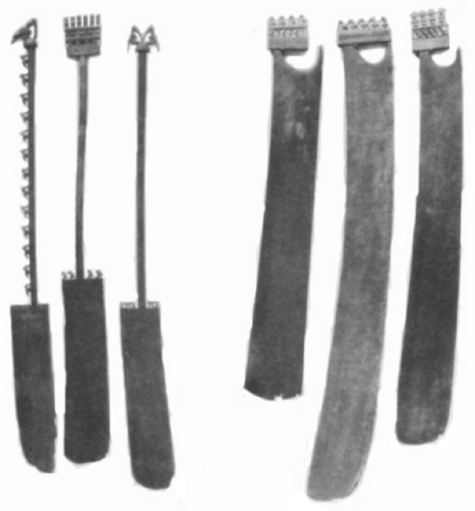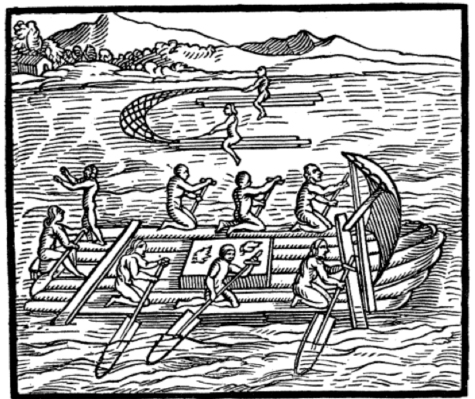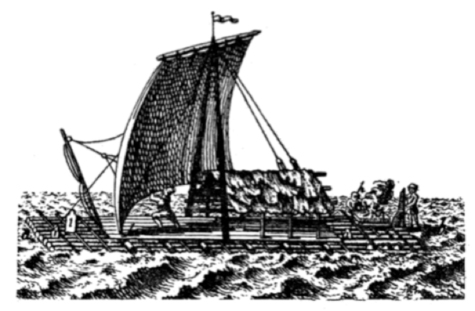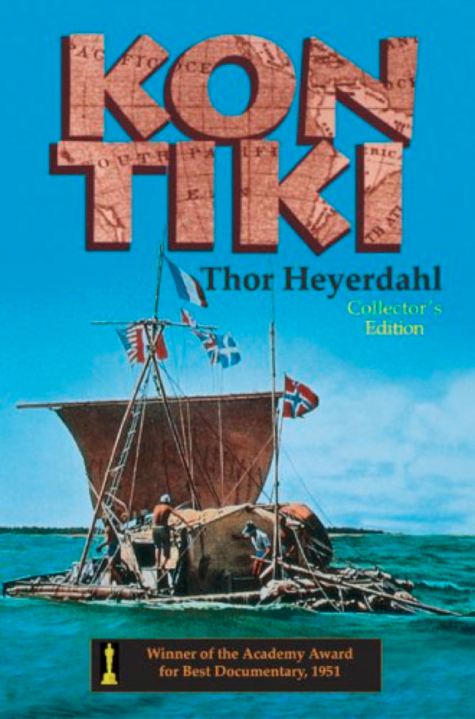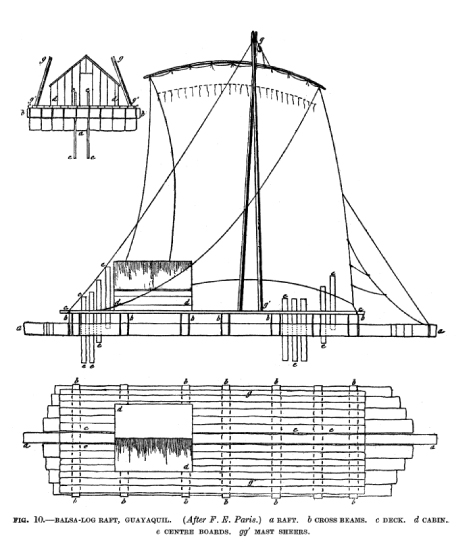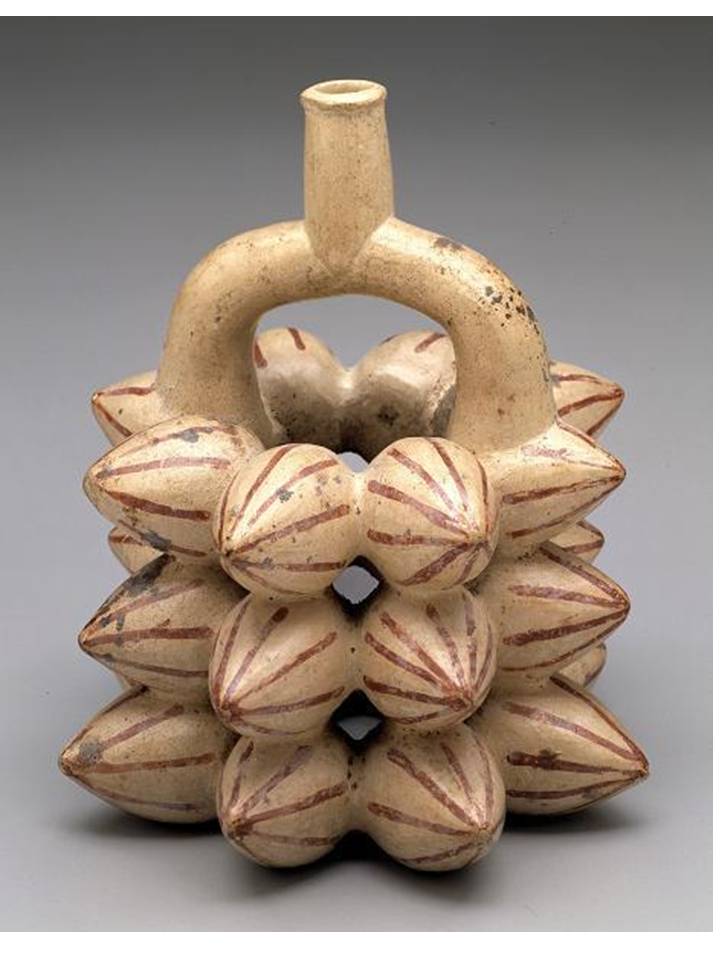
Left to right: Jessica Kennedy, Vivian Barclay, Hannah Burney, Wendy Earle, Lexie Ettinger, Melissa Barry, Andrew Sears and Mary Jordan
Each year, the Dallas Museum of Art welcomes a new class of McDermott interns into the family. Throughout the history of the program our interns have been outstanding, intelligent students with interests spanning the full range of art-related interests. This year’s group is no exception. Of the eight interns, five hold master’s degrees while the other three have earned their BA and plan to pursue advanced degrees. Their interests range from Medieval and Contemporary Art to Art Education and Museum Programming. As you will learn, their talents and interests extend beyond Art and Art History!
Vivian Barclay is the Graduate Curatorial Intern for Decorative Arts and Design. She holds a B.A. in Art and Performance for University of Texas at Dallas and a M.A in Art History from Texas Christian University. Vivian was born and raised in Valencia,Venezuela.
Melissa Barry is the Graduate Curatorial Intern for Contemporary Art. She received her B.A. in Art History and Business Administration from Baylor University and her M.A in Art History from Texas Christian University. She can also sign to R. Kelly’s I Believe I Can Fly.
Wendy Earle is the Graduate Curatorial Intern for the Arts of the Americas and the Pacific. She earned her B.A in Art History from the University of Michigan and her M.A. in Art History from the University of Texas. She has piloted a plane.
Andrew Sears is the Curatorial Intern for European and American Art. He graduated from Emory University with a B.A in Art History. He has never been to a zoo–a fact his fellow interns plan to help him remedy this year.
Hannah Burney is a Teaching Programs intern. She will work primarily with Go van Gogh and other outreach programs. She spent part of her childhood in South Korea.
Lexie Ettinger is the Education Intern for Adult Programming. She majored in Art History, and minored in Political Science at the University of Arizona. Currently she is pursuing her M.A at the University of North Texas. Her family dogs’ names are Cinnamon and Sugar, and Sugar has her own Face book page.
Mary Jordan is the Education Intern for Family Experiences. She holds a B.A from Indiana University and a M.A from Johns Hopkins in Medical and Biological Illustration and is currently pursuing a Master’s Degree in Art Museum Education at the University of North Texas. In her “first” career as a medial illustrator, she often sketched in the operating room, directly from surgery. One of the most interesting was a cardiac bypass surgery.
Jessica Kennedy interns in the DMA’s Teaching Programs assisting with docents and gallery programs. She holds a M.A in History with a concentration in Museum Studies and a B.A. in Art History form the University of Missouri in St. Louis. The first name of each member of her immediate family starts with the letter J. Therefore she will answer to any “J” name.
The next time you are in the museum don’t be surprised if you find one of them leading a gallery talk, helping with Late Nights or instructing your child in the Center for Creative Connections. Also, in the coming months, check Uncrated to read their contributions to this blog.
The Dallas Museum of Art offers nine-month paid internship positions in the Education and Curatorial Divisions. These internships are intended for those individuals who wish to explore a career in museum work. For more information, or to apply for the 2012-2013 McDermott Internship program, visit our website. Applications will be available in January 2012.
Martha MacLeod is Curatorial Administrative Assistant for European and American Art and manages the McDermott Interns
